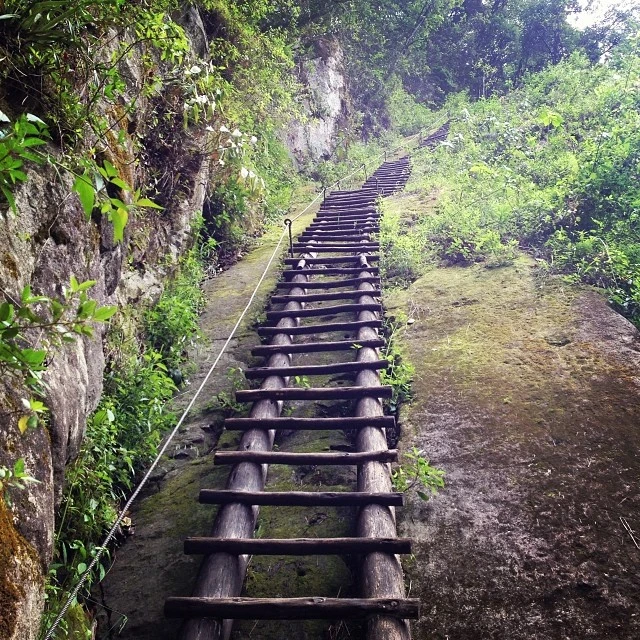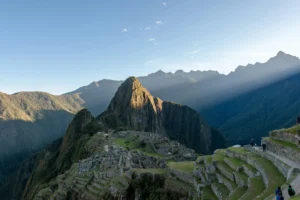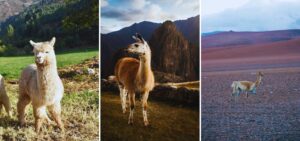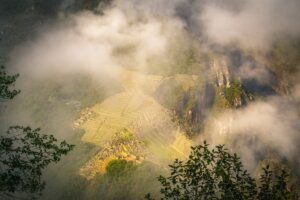Machu Picchu, considered one of the Seven Wonders of the Modern World, offers much more than breathtaking landscapes. Its charm lies in the exclusive activities you can enjoy, blending archaeology, culture, nature, and adventure.
With Machu Picchu Wayna, we will introduce you to the most important activities to make the most of your visit to this wonder of the world.
Explore the Inca Citadel
Tour of Archaeological Sectors
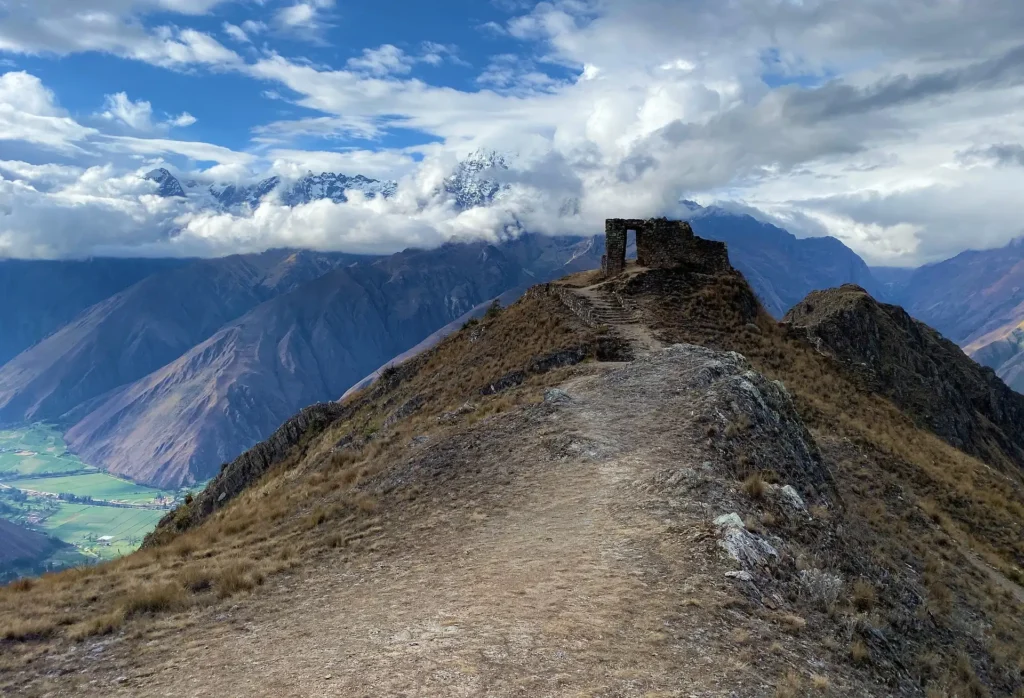
Exploring the Inca citadel of Machu Picchu is like embarking on a journey through history and ancient architecture. The tour begins at the Sun Gate, a majestic entrance that offers panoramic views of the valley. From there, you can access the various archaeological sectors that make up the citadel.
You can’t miss the agricultural sector, with its iconic terraces, and the urban sector, which includes temples, plazas, and houses.
Recommendation: Hire a local guide to understand the historical and cultural significance of each area of this citadel.
Visit the Temple of the Sun and the Sacred Plaza
One of the most remarkable spots is the Temple of the Sun, a site of great religious significance for the Incas. This temple, built with millimeter precision to honor Inti, the Sun god, is located atop a natural rock. Its design allows the first rays of the sun to shine directly on the altar during the winter solstice.
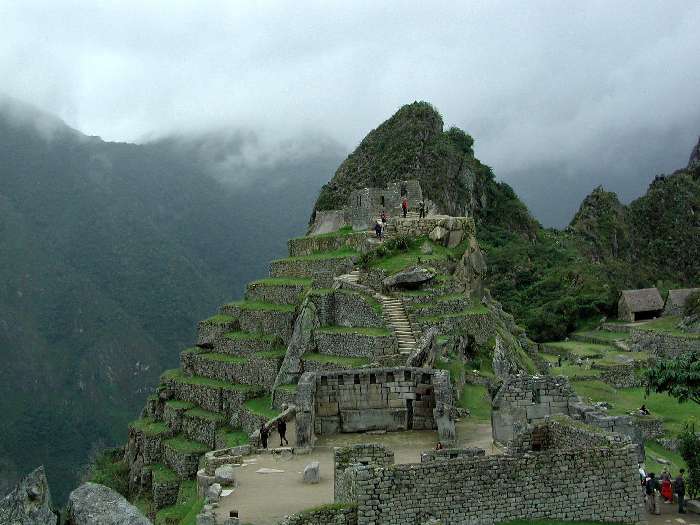
The Sacred Plaza, on the other hand, is another iconic space within the citadel. It is a large circular area surrounded by terraces and ceremonial buildings, likely used for religious rituals and social activities.
Photography tip: Visit early in the morning to avoid crowds and capture the natural light.
How to Get the Best Photos
Machu Picchu offers countless photography spots, and to capture the best photos, take advantage of the early morning or late afternoon when the light is softer. Look for unique perspectives and focus on architectural details. If you include people, make sure they blend naturally with the surroundings.
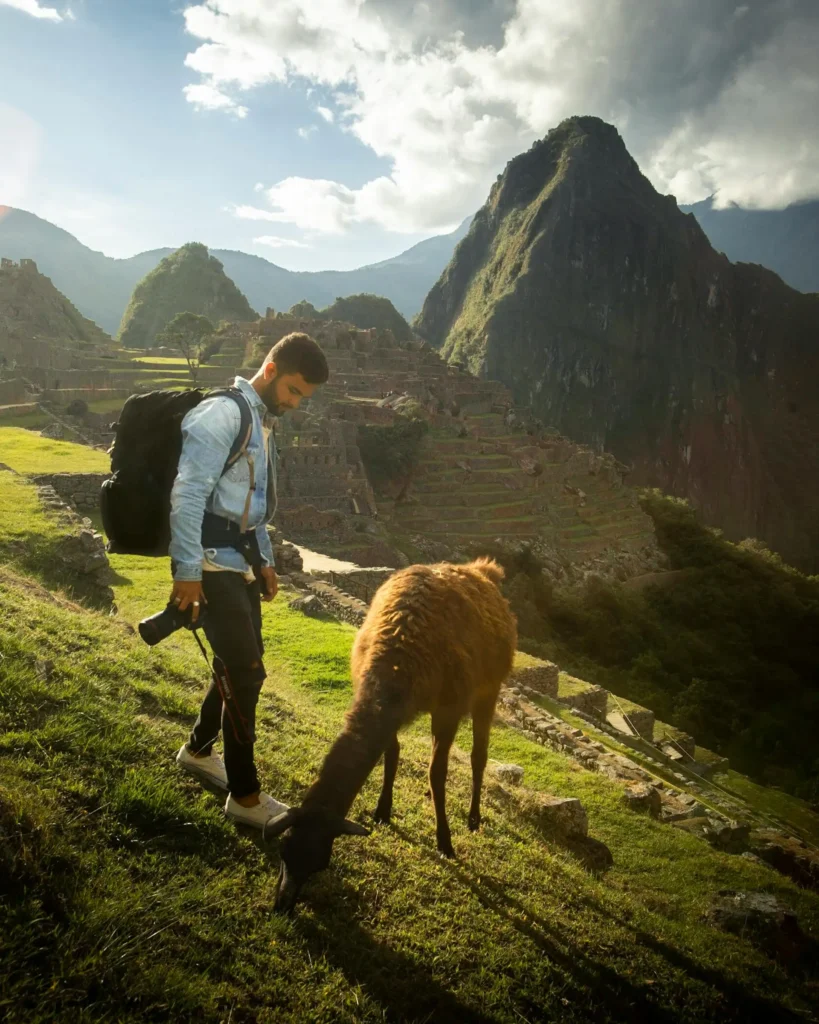
Recommendation: Use a tripod or stabilizer for greater sharpness and play with depth by incorporating terraces and stairways. To avoid crowds, visit the site early or late, and apply the rule of thirds to create balanced compositions.
Mountains and Panoramic Views
Climb Huayna Picchu Mountain
Climbing Huayna Picchu is a challenging but rewarding experience. The trail, approximately 1.5 kilometers long, is steep and features stone steps, some exposed sections, and chains to assist hikers. The hike offers views of Machu Picchu, the Urubamba River, and the surrounding mountains.
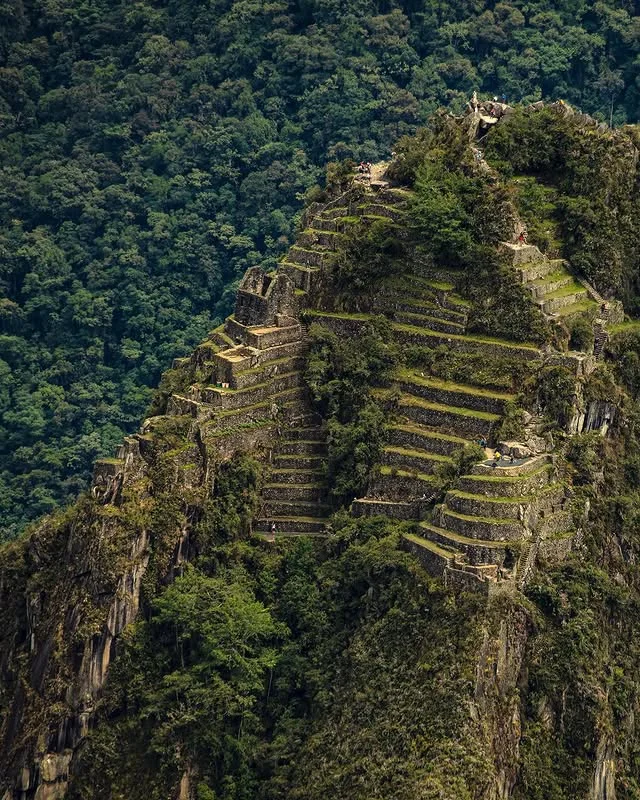
The ascent takes between 1 and 2 hours, depending on each person’s pace. Upon reaching the summit, you get a unique panoramic view of the citadel. Access is limited to a set number of visitors per day, so it is recommended to book in advance. The route is demanding and suitable for individuals in good physical condition.
Recommendations for the Ascent
- Book your tickets in advance.
- Wear appropriate footwear, bring water, and use sunscreen.
- Start early to avoid crowds and stay cooler.
- Maintain a comfortable pace and take breaks when needed.
- Carry minimal luggage.
- Be cautious in exposed sections.
Ascend Machu Picchu Mountain
Climbing Machu Picchu Mountain is a more accessible experience than hiking Huayna Picchu, but equally rewarding. The hike is longer, taking approximately 3 hours to reach the summit, but the incline is less steep, making it suitable for a wider range of people.
The ascent trail is about 2.5 kilometers long and passes through areas of vegetation, offering stunning views of the Machu Picchu archaeological site, the Urubamba Valley, and the surrounding mountains. Along the way, there are several spots where you can stop to rest and take in the scenery.
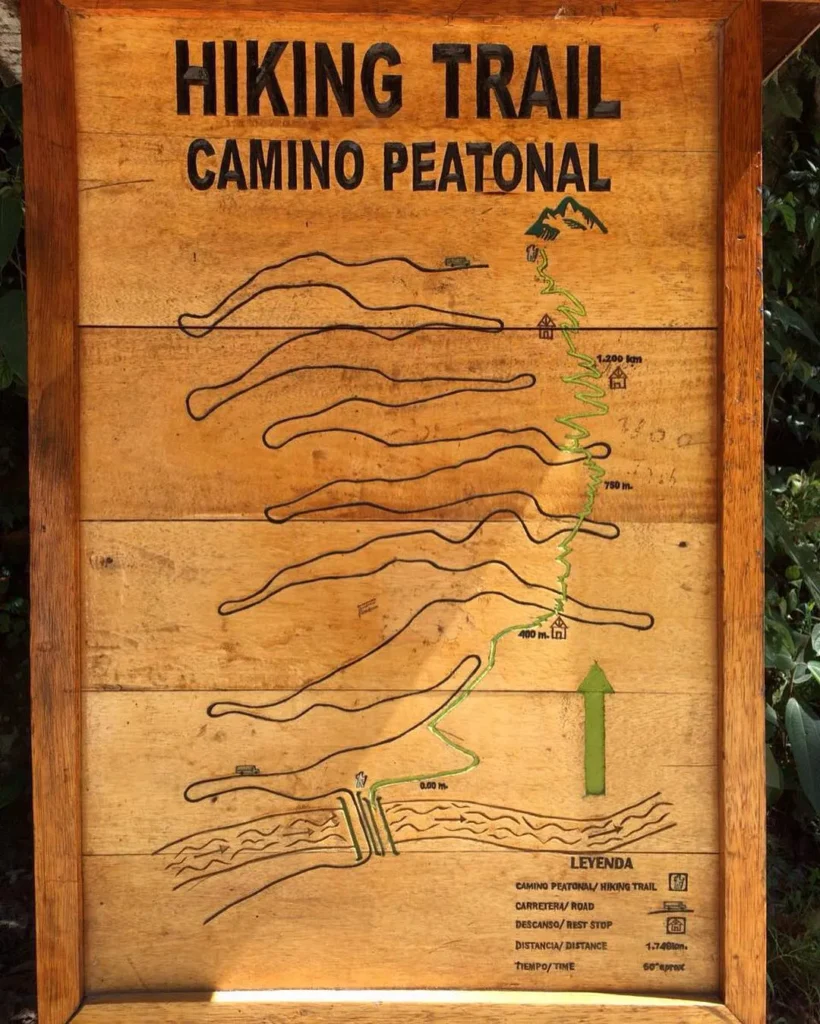
Comparison with Huayna Picchu
This route is less steep and wider, making it ideal for those who prefer a more relaxed hike.
Tips for a Safe Experience
- Proper footwear (hiking boots or shoes with good grip).
- Bring water to stay hydrated.
- Sunscreen, hat, and sunglasses.
- Estimated time: The hike takes between 2 to 3 hours.
- Take breaks to enjoy the scenery and regain energy.
- Book in advance, as access is limited.
Visit the Sun Gate (Inti Punku)
Visiting the Sun Gate (Inti Punku) is one of the most remarkable experiences in Machu Picchu. Located approximately 45 minutes to 1 hour from the citadel, this gate is the traditional entry point for those who traveled the Inca Trail. From here, you can enjoy a stunning view of Machu Picchu.
Discover Architecture and Cultural Elements
The Intihuatana: Inca Solar Clock
The Intihuatana, whose name means “where the sun is tied,” is one of the most emblematic elements of Machu Picchu and holds great astronomical and cultural significance.
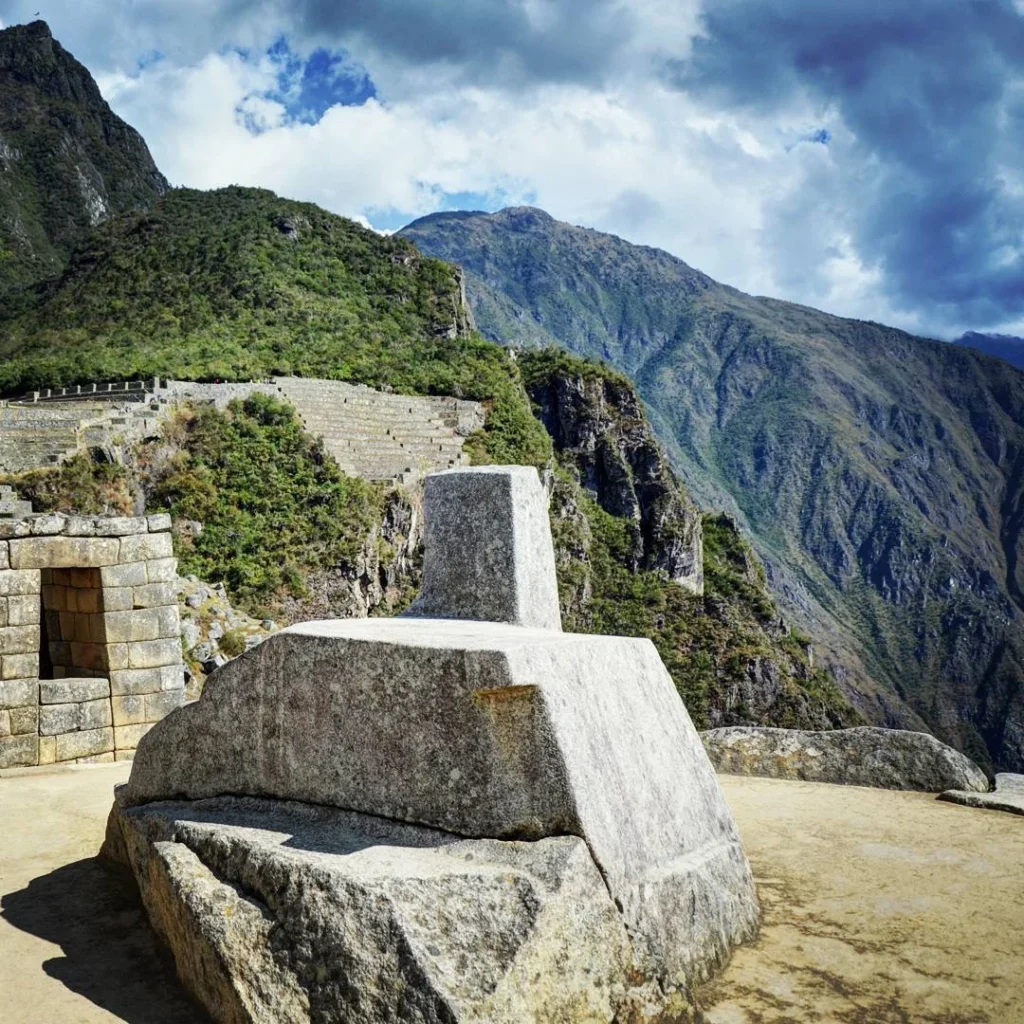
Astronomical and Cultural Importance
The Intihuatana was an important monument for the Incas. Its main function was as an astronomical marker, used to measure and predict solstices and equinoxes, which allowed them to organize their agricultural calendar and religious ceremonies.
Additionally, this monument held cultural value, as it symbolized the connection between the earthly world and the cosmos. It was considered a sacred place where rituals were performed in honor of Inti, the sun god.
How to Find It
It is located near the Temple of the Sun, on an elevated platform within Machu Picchu. Just a few minutes from the Main Plaza, it is one of the most prominent and accessible points of the archaeological complex.
The Inca Bridge
This bridge is made of wooden logs supported by stone walls on a steep mountain. If the logs are removed, the passage becomes inaccessible due to the area’s geography. It is believed that, in addition to being a communication route, the bridge had a defensive function, preventing the advance of potential enemies by removing it.
The path to the bridge follows an original Inca stone trail, and to reach it from the Guardian’s House, one must walk approximately 1 km (around 20 minutes), crossing narrow trails.
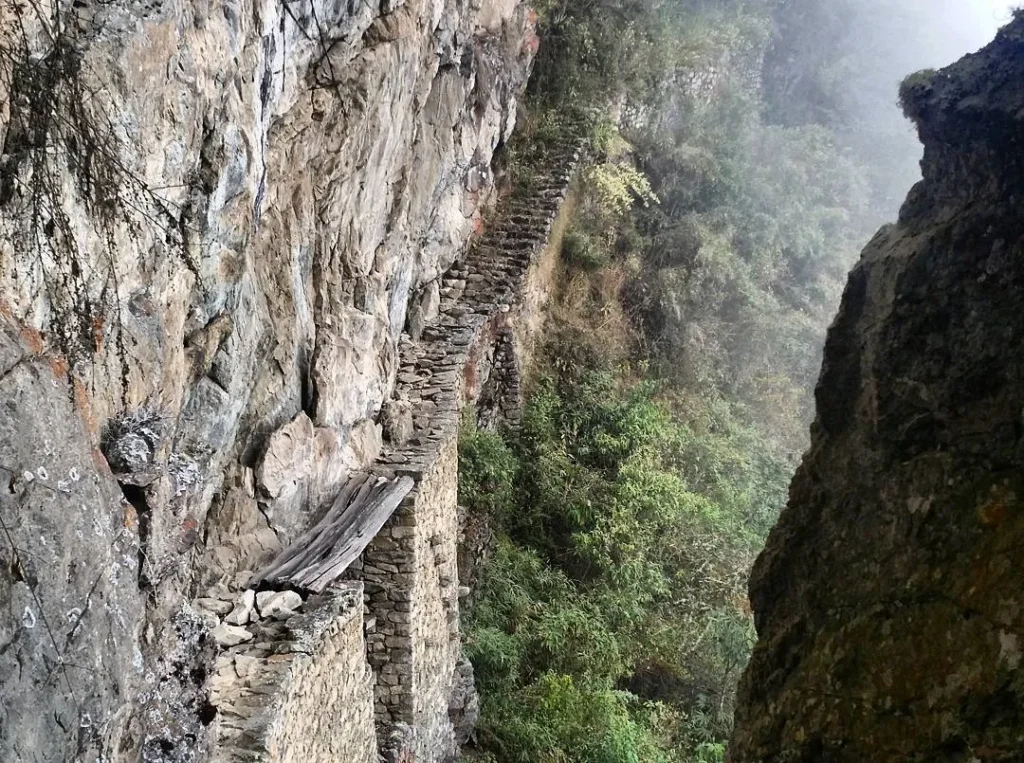
Precautions When Visiting
- Wear appropriate, non-slip footwear due to the rocky terrain.
- Stay on the designated trails to avoid getting lost or putting your safety at risk.
- Be cautious on narrow paths and areas near the edge.
- Bring water and some food for the hike.
- Protect your skin with sunscreen and carry a waterproof jacket in case of rain.
- Do not get too close to the edge of the bridge to prevent accidents.
Machu Picchu’s Cave Paintings
The red-toned cave paintings found in Machu Picchu, located on Inca walls, reflect aspects of life and beliefs of the Inca Empire. The representations include figurative and abstract figures such as Andean camelids, circles, rectangles, parallel lines, and triangles, some of which have yet to be precisely interpreted.
The recent discovery in the Pachamama sector includes a human silhouette, an Andean camelid, and other undefined shapes, although researchers have not yet determined with certainty whether they belong to the Inca or pre-Inca period.
Location and Cultural Significance
The cave paintings are located 15 minutes from the Machu Picchu citadel, in two sectors called Paraguachayoq and Inkaterra, which are currently part of the Machu Picchu Pueblo Hotel complex, in the district of Machu Picchu, Urubamba province, Cusco.
Additionally, there are more cave paintings along the Inca Trail, starting from the official entrance at Piscacucho (km 82), and another recently discovered painting in the Pachamama sector, on the main route from Inti Punku to the Machu Picchu llacta, about 30 minutes away. Both locations are in the district of Ollantaytambo, Urubamba province, Cusco, on the way to Machu Picchu.
Connection with Nature
Enjoy the Sunrise and Sunset
The sunrise at Machu Picchu is a unique experience, with the first rays of sunlight illuminating the citadel.
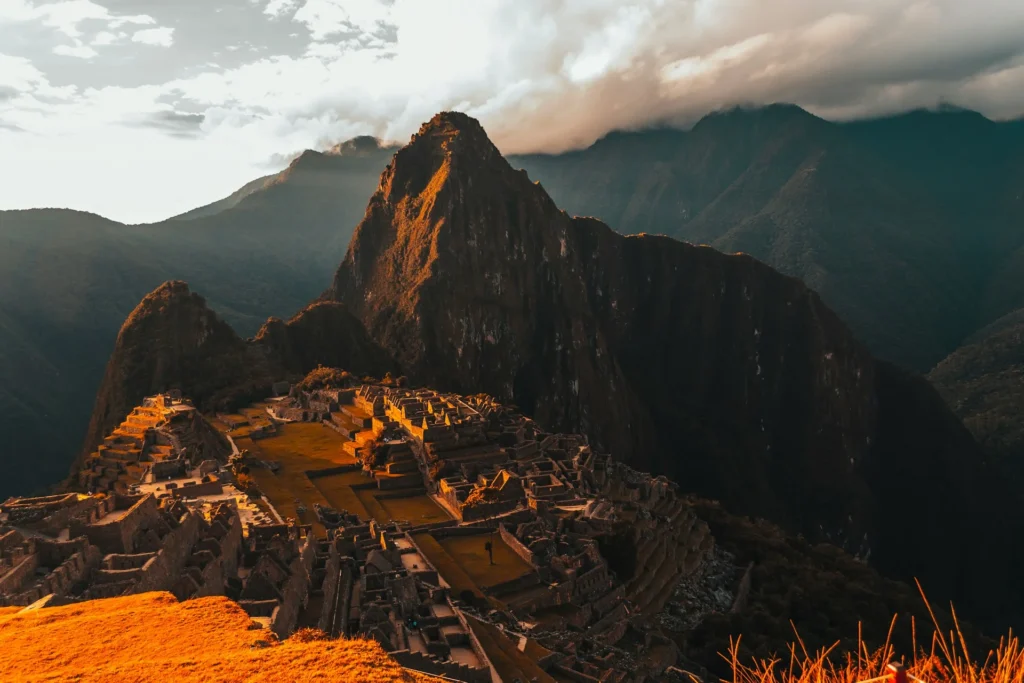
Best Locations
The upper viewpoint or the agricultural sector are ideal for capturing this magical moment.
Visit the Allcamayo Waterfalls
The Allcamayo waterfalls are named after the river that passes through the town of Aguas Calientes. This waterfall reaches a height of up to 30 meters, and along the trail, smaller waterfalls can also be seen. The site offers an impressive landscape of the high jungle of Cusco and allows visitors to enjoy the rich flora and fauna characteristic of the area.
How to Get There from Aguas Calientes
The only way to reach the waterfalls is via a comfortable trail that takes between 30 to 45 minutes. The entrance is located at the end of Señor de Torrechachoq Street, south of Aguas Calientes, following the route behind the train station. Any local resident can guide you on how to start the walk.
Activities in the Area
- Hiking: Walk the trails surrounding the waterfalls, enjoying beautiful views of nature.
- Flora and fauna observation: Explore the local biodiversity, with various species of plants and animals.
- Photography: Capture the views and landscapes of the area.
Explore the Mandor Gardens
A natural paradise where you can observe birds, butterflies, and exotic plants.
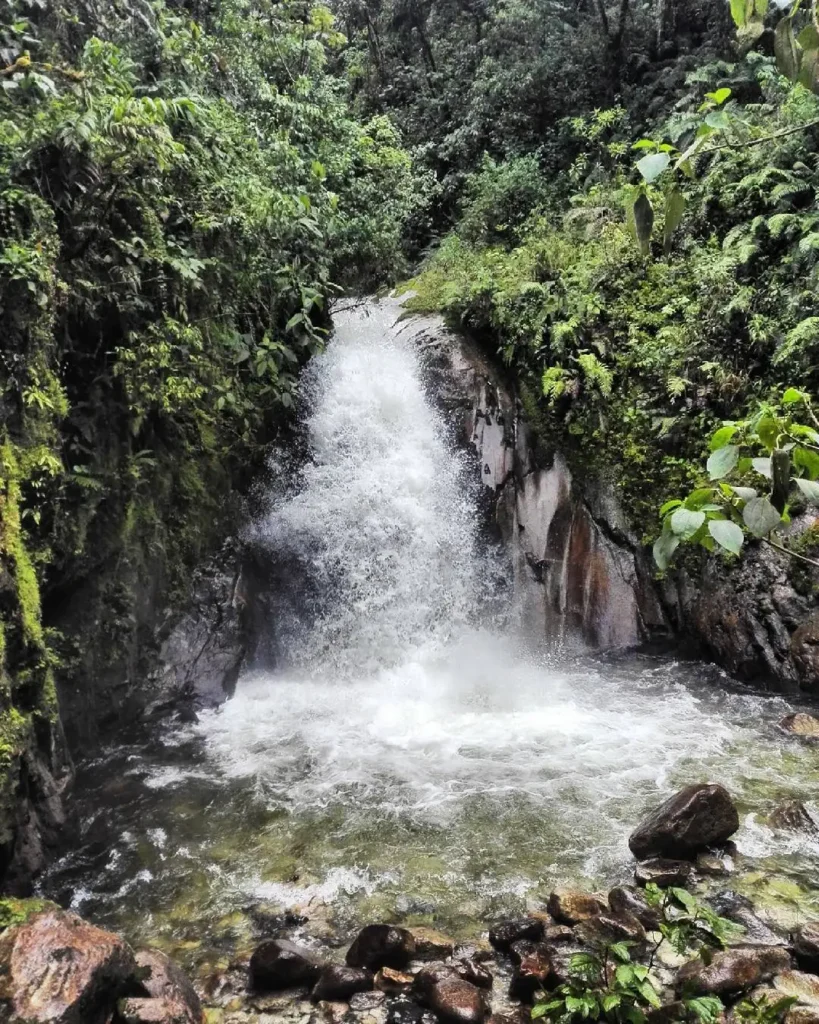
Flora and Fauna Present
The Mandor Gardens host a variety of flora and fauna. Among the most notable plants are various species of orchids, bromeliads, heliconias, and native trees of the Cusco high jungle.
Regarding fauna, it is common to find birds such as the hummingbird, toucan, and parakeet, as well as butterflies, insects, and small mammals like the armadillo.
How to Get There
The Mandor Gardens are located about a 30-minute walk from Aguas Calientes. Access is via a trail that begins on the road leading to the Aguas Calientes Train Station. This route is easy and an excellent option for enjoying nature while exploring the gardens.
Cultural and Educational Experiences
Relax in the Hot Springs of Aguas Calientes
After a day of exploration, the hot springs are ideal for relaxation.
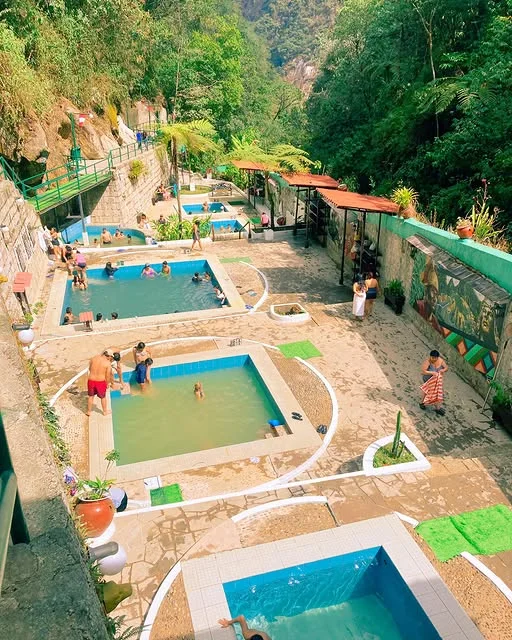
Benefits of the Hot Springs
The hot springs of Aguas Calientes are known for their relaxing and healing properties. These mineral waters, which come from underground sources, help relieve stress, fatigue, and muscle pain. Additionally, they are ideal for improving circulation, easing tension, and relaxing the body after a day of hiking or exploration.
Opening Hours and Entrance Fees
The hot springs of Aguas Calientes are open every day, generally from 5:00 a.m. to 8:00 p.m.
The approximate entrance fees to the Aguas Calientes Hot Springs in U.S. dollars are:
- Foreign tourists: $5.50
- National tourists: $2.70
- Local residents: $1.35
Prices may vary depending on the season.
Visit the Manuel Chávez Ballón Site Museum
This museum provides historical and cultural context about the construction and discovery of Machu Picchu. It is a 30-minute walk from Aguas Calientes.
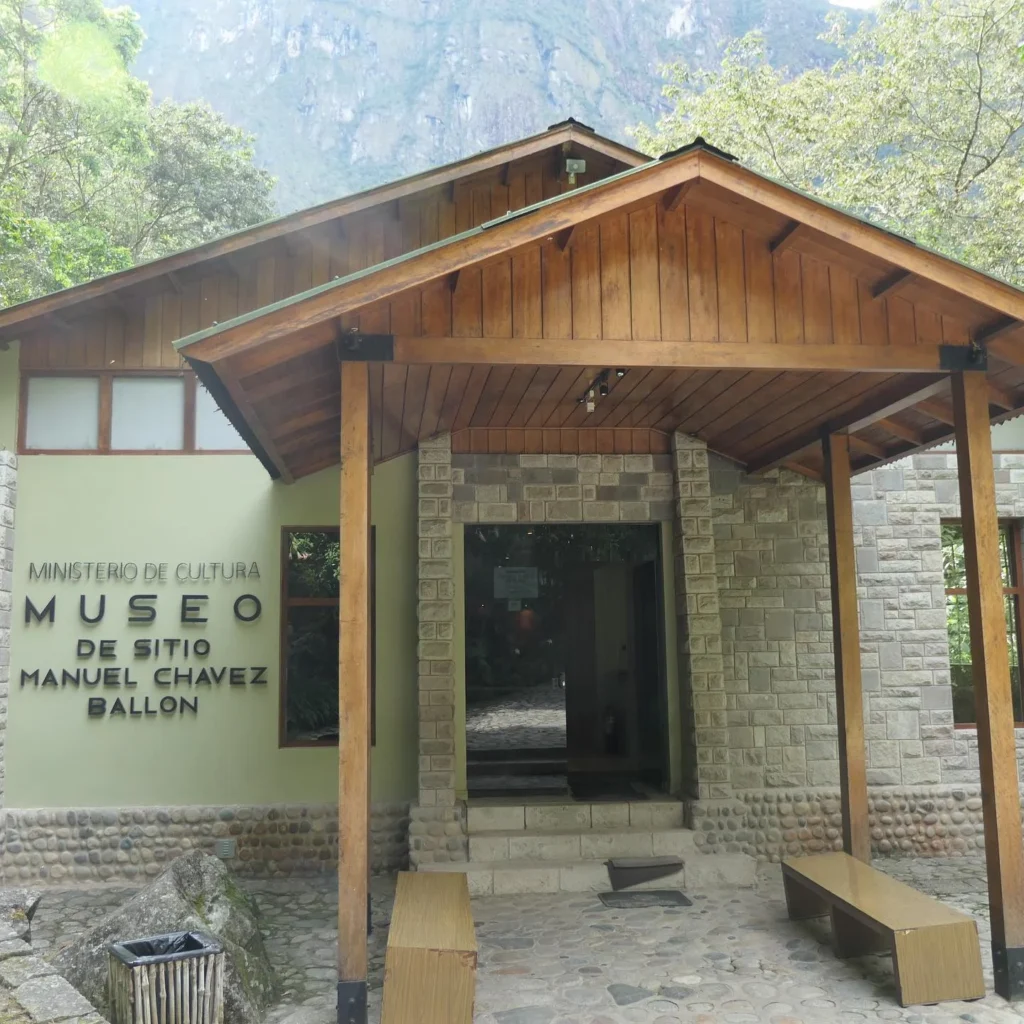
Highlighted Exhibits
The Manuel Chávez Ballón Site Museum, located near Machu Picchu, offers insight into the history and archaeology of the Inca civilization. Some of the most notable exhibits include:
- Archaeological objects: Displays of tools, ceramics, textiles, and other Inca artifacts found in the region.
- Machu Picchu models: Scale reproductions of the citadel, providing a clearer view of how the city looked in its prime.
- Exhibition of local flora and fauna: Information about the area’s biodiversity, highlighting its endemic species.
- Informational panels: Details about Machu Picchu’s history, its discovery, and the cultural significance of the citadel.
Explore the Aguas Calientes Handicraft Market
The Aguas Calientes Artisan Market is an excellent place to discover local products and traditional crafts. It is an ideal spot to buy unique souvenirs handmade by local artisans.
Local Products and Handicrafts
Among the most common items you can find are:
- Textiles: Handmade clothing, blankets, and scarves made from alpaca and sheep wool.
- Ceramics: Pots, plates, and clay figures painted with traditional Andean designs.
- Jewelry: Necklaces, bracelets, and rings crafted with precious stones like turquoise and jade.
- Leather goods: Backpacks, wallets, and belts made from locally sourced leather.
- Wooden objects: Hand-carved sculptures and utensils depicting local wildlife.
Unique Attractions
Tour the Machu Picchu Botanical Garden
Discover the richness of native plants that were an essential part of the daily life of the Incas.
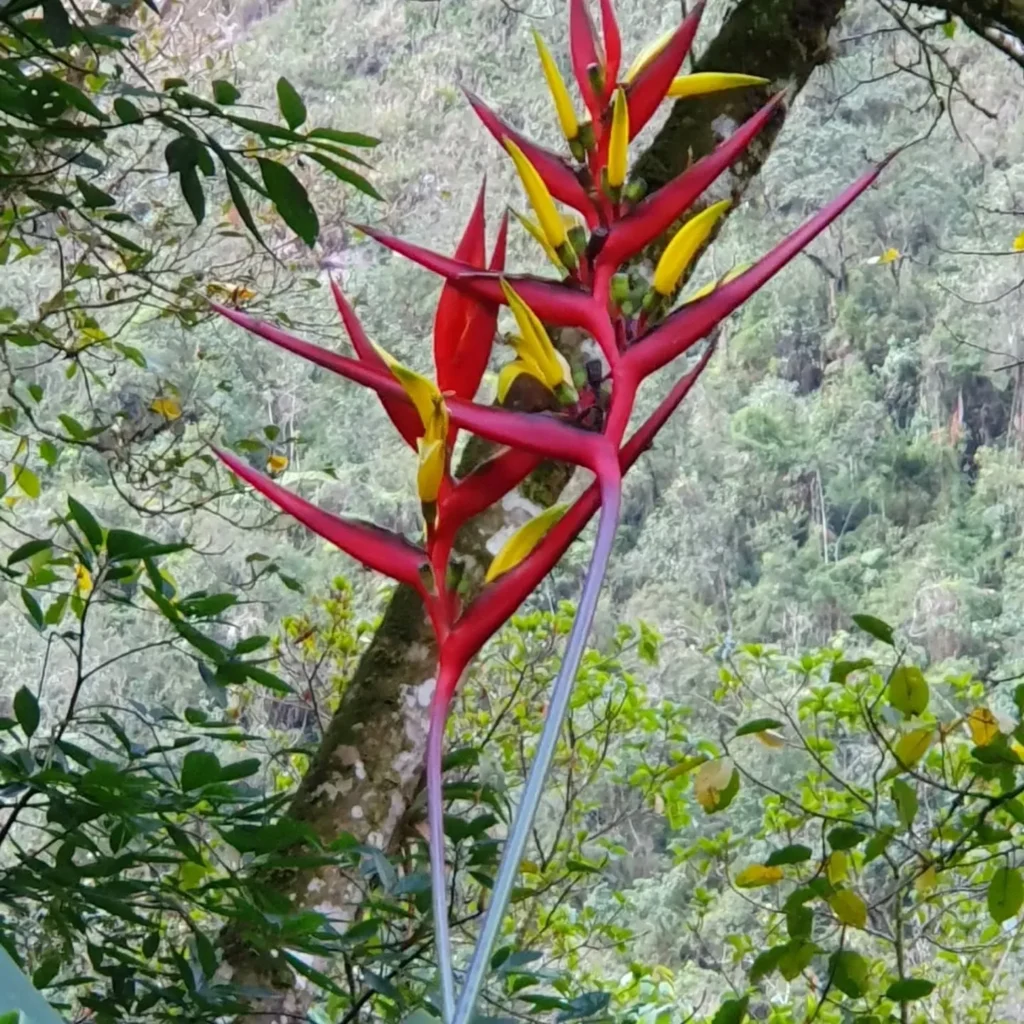
Native Plants
- Orchids: Various species of orchids that bloom in the Andean region.
- Bromeliads: Plants that adapt very well to the high jungle.
- Ferns: Local varieties that thrive in the area’s characteristic humidity.
- Native trees: Such as the quenua and aliso, which are essential for the local ecosystem.
Tour Schedules and Details
The garden is open every day, and the best way to explore it is with a guide who can explain the species and their ecological significance in detail. The tour lasts approximately 30 to 60 minutes and can be combined with visits to other nearby sites in Machu Picchu.
Visit the Inkaterra Hotel Orchid Garden
Orchid Diversity and Conservation
At the Inkaterra Hotel Orchid Garden, you can find a diverse range of orchids varying in color, shape, and size. Some of the most notable species include:
- Butterfly Orchid: Known for its shape that resembles a butterfly, it is one of the most representative species.
- Giant Orchid: A large species that can reach several centimeters in length.
- Jungle Orchid: Varieties that grow in the high jungle, characterized by their small and fragrant flowers.
- Dracula Orchid: A unique species with flowers that resemble masks or faces, giving it a mystical appearance.
- Slipper Orchid: Recognized for its petals that resemble a slipper.
- Cymbidium: A medium to large-sized orchid, cultivated in various shapes and colors.
- Masdevallia: Small orchid species with bright and exotic flowers, commonly grown in cool environments.
Available Tour Options
The Inkaterra Hotel offers several guided tour options to explore the orchid garden and learn about different orchid species. The tours include:
- Guided Tour of the Orchid Garden: An expert guide explains the history, characteristics, and conservation processes of orchids.
- Combined Excursions: Visitors can combine the orchid garden visit with other ecological tours, including jungle hikes and wildlife observation.
Hike the Putucusi Mountain Circuit
This mountain, one of the three surrounding Machu Picchu, stands at an altitude of 2,560 meters above sea level. Access begins from Aguas Calientes, following a demanding trail that takes approximately two hours. Although entry is free, few visitors dare to take on the challenging hike.
